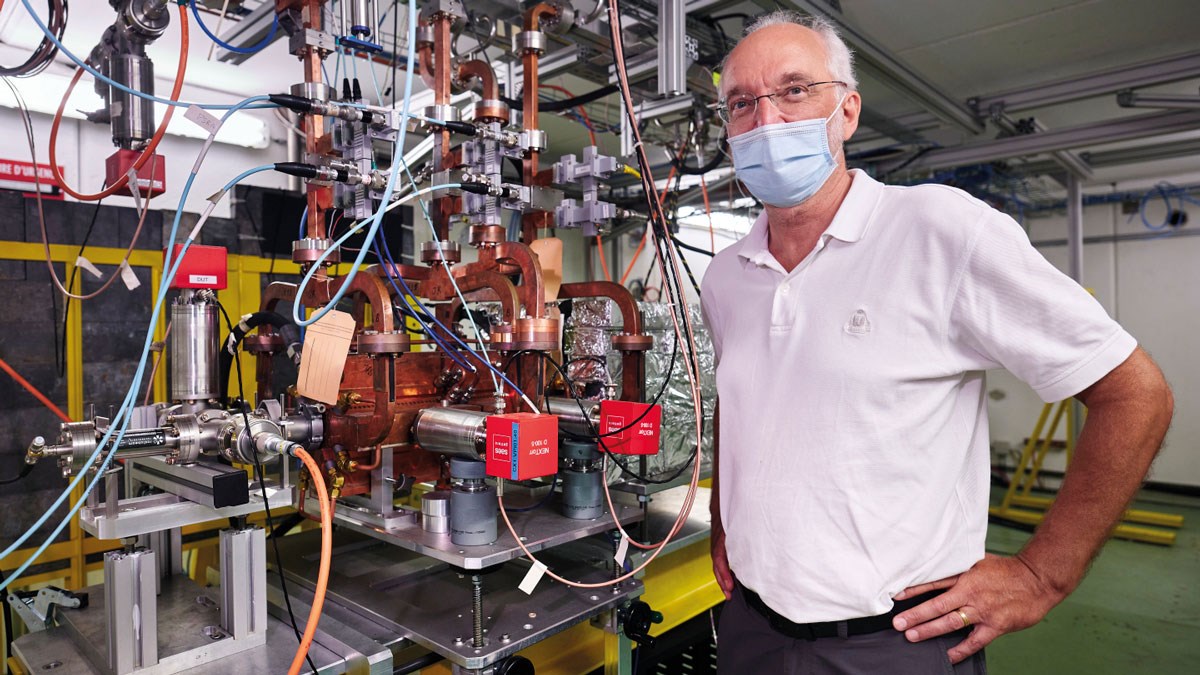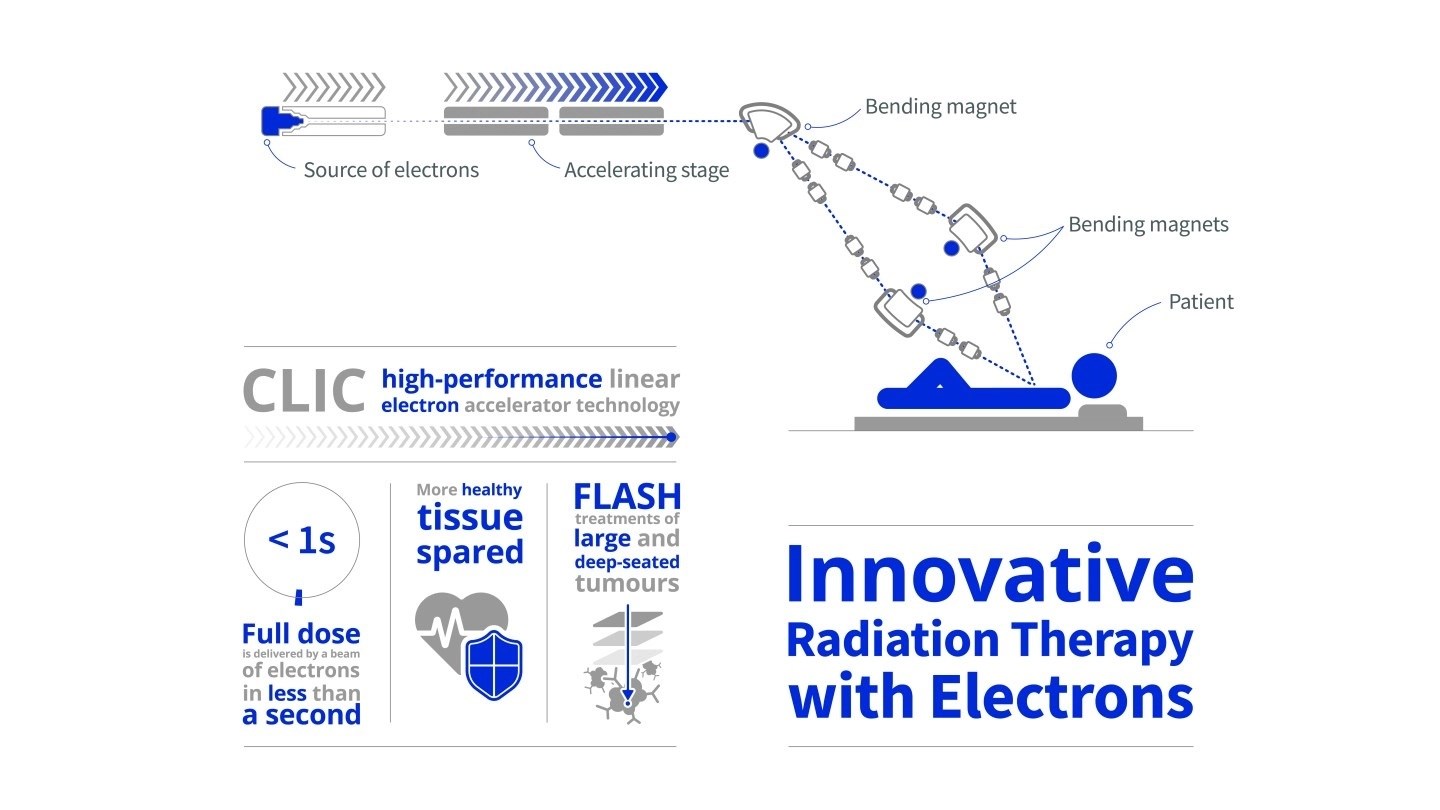
See Full Size
CERN and FLASH Radiotherapy
As we mentioned above, the only job of CERN, which we generally know for its work on particle physics, is not to solve the fundamental laws of nature by colliding particles. Physicists here are working with giant particle accelerators to look for ways to expand the reach of cancer radiation therapy as well as address hard-to-reach tumors.
Lausanne University Hospital (CHUV) and CERN FLASH The method he calls is based on the application of high-energy radiation within milliseconds. Thus, while targeting tumors, it will also minimize damage to healthy tissues. By the way, it is stated that the treatment process will be completed within seconds. Let’s say that traditional radiotherapy takes minutes in this process. This ensures that side effects are greatly reduced.
See Full Size
So when will it become widespread?
FLASH technology currently has obstacles such as device size and high cost. CERN is focusing on developing more compact and economical devices to solve these problems. The technology’s full transition to clinical applications depends on further research and infrastructure work. What is certain is that when completed, it can bring hope to millions of patients with its future applications.
This news our mobile application Download using
You can read it whenever you want (even offline):





